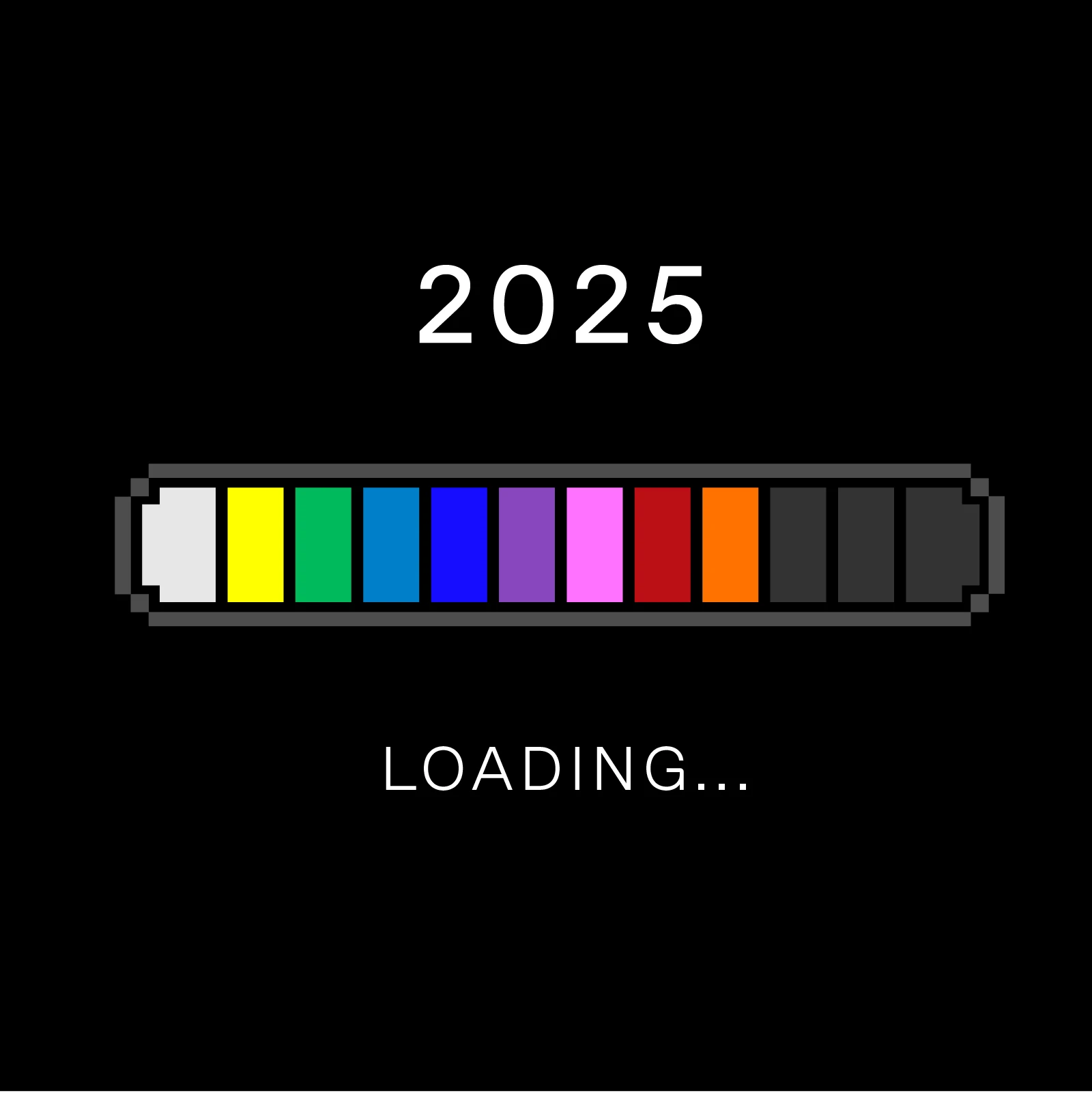
3 Fundamentals to Navigate Media Buying Complexity
HBO’s critically acclaimed series White Lotus recently returned for its third season to much fanfare. Eager to avoid spoilers, I made sure to download the latest episodes and watch them on my phone— a much-needed distraction from my typically hellish commute. Others may have watched it from the comfort of their living rooms on their big-screen TV. There’s so many ways to watch these days; I like to say it’s a viewer’s market. How we choose to engage with the sight, sound, and motion that TV offers is completely unique to all of us. What’s not so unique is our (continued) obsession with TV.
According to Nielsen, the average American spends over 5 hours a day glued to their televisions. Additionally, people across all ages spend more time watching traditional TV and streaming TV shows than non-premium video, according to Hub Entertainment Research via the VAB. But even while this is great news for advertisers who are leveraging TV’s massive reach for everything from awareness to performance, the TV ad landscape is evolving and getting more complicated.
That’s why it’s important to drill down into three strategic fundamentals that media buyers must follow to navigate the complexity of today's TV landscape.
1. Don’t Disregard the Resilience of Linear TV
Despite predictions of its demise, linear TV remains a significant player in the media ecosystem. While streaming is growing rapidly and projected to hit $30 billion this year, linear TV still commands a $60 billion marketplace in the U.S. This resilience is largely driven by both traditional pay TV and virtual MVPDs (vMVPDs) - like Hulu + Live TV, YouTube TV, etc. - more on that in a minute. While pay TV is decelerating, not all subscribers are abandoning it - some are shifting to vMVPDs, maintaining a sizable audience for linear content. In fact, 66 million households, or just over half of U.S. households, still subscribe to traditional set-top boxes or vMVPD services, reinforcing linear TV’s staying power.
The Nielsen Gauge, a widely referenced industry metric, shows a roughly 50/50 split between linear and streaming viewership, with the pendulum swinging based on seasonal moments such as live sporting events. For instance, events like football games tend to swing viewership back to the pay TV and broadcast side. This balance underscores the importance of maintaining a presence in both linear and streaming environments for comprehensive audience reach. And even while we see exclusive events air on streaming, are we fully ready to ditch linear to watch something with the magnitude of last fall’s Jake Paul vs. Mike Tyson boxing spectacle? That was not exactly a KO for Netflix, which experienced some serious issues with their stream. We just saw similar bandwidth issues with the streaming feed of the Oscars. That’s not to say it’s all bad. Tubi proved streaming a live sports event can be a success with this year’s Super Bowl. But let’s not all write off linear’s importance for these types of events just yet.
Linear should remain a vital component of your 2025 advertising strategy. Viewers still tune in, especially for major live and tentpole events throughout the year. Its broad reach, scale, and relevance make it a channel that is not ready to fade to black.
2. Understand the Truth About Virtual Pay TV
Understanding the nuances of virtual pay TV is crucial for media buyers. Platforms like YouTube TV operate on carriage distribution agreements, where they acquire rights to content traditionally held by local affiliates. In a traditional setup, local affiliates typically sell 2 minutes of ad rights per hour. YouTube TV gets those same 2 minutes to sell, but only those 2 minutes are streaming-monetized.
Here's the catch: the other 18 minutes of ads consumed per hour are still traditional linear pass-throughs.
Many misinterpret this dynamic because the content is delivered over internet protocol, assuming it's all streaming. In reality, the majority of ads consumed are still coming from a traditional linear model. According to media luminary Evan Shapiro, 85% of all ads on television are still paid TV and broadcasts, with only 15% on streaming.
Media buyers must be aware of this distinction to accurately allocate budgets and measure campaign performance. Keep in mind the ad load between linear and streaming. Linear has around 18-20 minutes of ads in an hour compared to streaming's 5-8 minutes today, but that may change. As CPMs on streaming go down, they'll need to make up the loss of revenue with - you guessed it - more ads. So that is something to be mindful of as these platforms continue to evolve. Be sure to spend your TV budget wisely within the dynamics of these virtual pay TV platforms, because the dynamics will continue to change rapidly.
3. Recognize the Duality of Direct and Programmatic Buying
While programmatic buying through turnkey DSPs has become popular for streaming TV, it's essential to recognize that direct buying still plays a significant role. The top 15 networks in television control 90% of consumption. TV was built for a direct model, not the fragmented programmatic landscape of hundreds of thousands of sites across the open web.
Data from Freewheel's latest Video Marketplace Report and Innovid shows that, on average, the majority of all streaming monetization is still done through direct transactions, many of which are not accessible through programmatic DSP platforms. Media Ocean, which acquired Innovid last year, recently claimed that 2/3 of what they see is also direct IO on streaming. However, programmatic activation and viewership continue to grow, underscoring the need for a diversified approach that combines both direct and programmatic strategies to maximize reach and effectiveness. By building direct network connections into ad servers, ad tech taxes can be mitigated, and fraudulent marketplace issues like sophisticated invalid traffic and device spoofing can be avoided.
To address these complexities, media buyers are turning to unified ad technologies that enable buying, measuring, and optimizing across the entire convergent TV landscape. These solutions create an intersection between linear, streaming, and online video, while supporting both direct and programmatic buying methods. Yes, I’m shamelessly plugging Tatari - and for good reasons.
No matter how you want to approach TV in 2025, it's clear that television, in all its forms, remains a staple in the marketing funnel. The future of a successful TV advertising strategy is undoubtedly convergent, with both linear and streaming platforms playing pivotal roles in the media landscape. By understanding the nuances of this convergence, from the shifting dynamics of virtual pay TV to the rise of streaming ads, you can build more effective strategies that will help give you the ROAS you need.

Mike Fogarty
Coffee obsessed, passionate gamer, father of three, and a rock/metal enthusiast. Oh, and I oversee Agency & Enterprise partnerships at Tatari.
Related
From Science to Speculation: 4 Reasons Performance Models Don’t Work for TV
Pay-for-performance TV sounds great, but it's typically more spin than science. Flawed attribution, inflated results, and hidden methodologies mean advertisers may be overpaying. Want to know what’s really happening? Let’s break it down.
Read more
How to Budget and Plan for TV in 2025
As TV continues to command a significant share of budgets, it's critical to understand the key trends that will shape the TV landscape in 2025 and what that means for advertisers. Let’s take a look at what to expect this year.
Read more
Marketing Minds: Gusto’s David De Rosa Breaks Down Why TV is a Growth Channel
Tatari dives into the mind of Gusto’s Head of Paid Acquisition to talk everything from TV creative to TV measurement.
Read more


